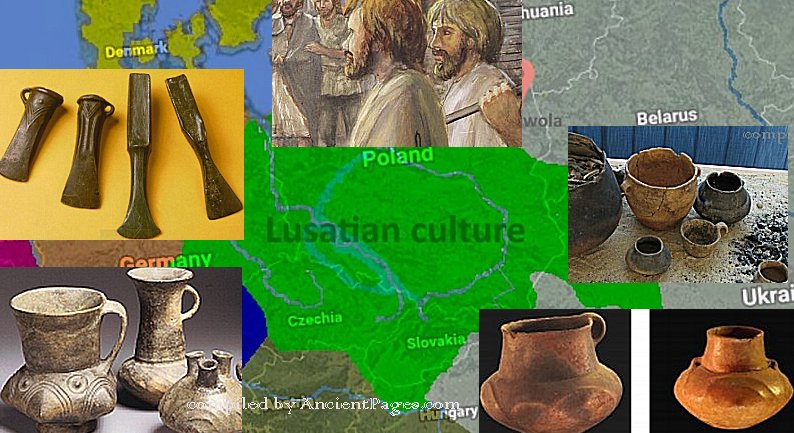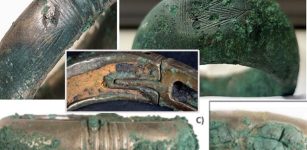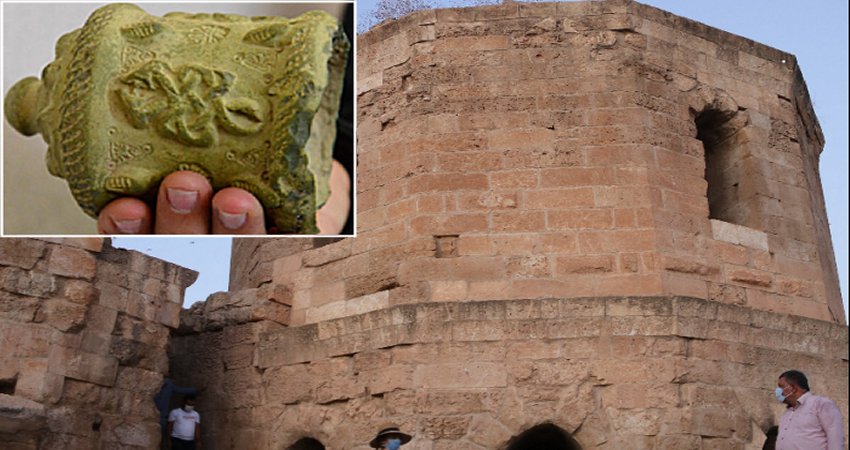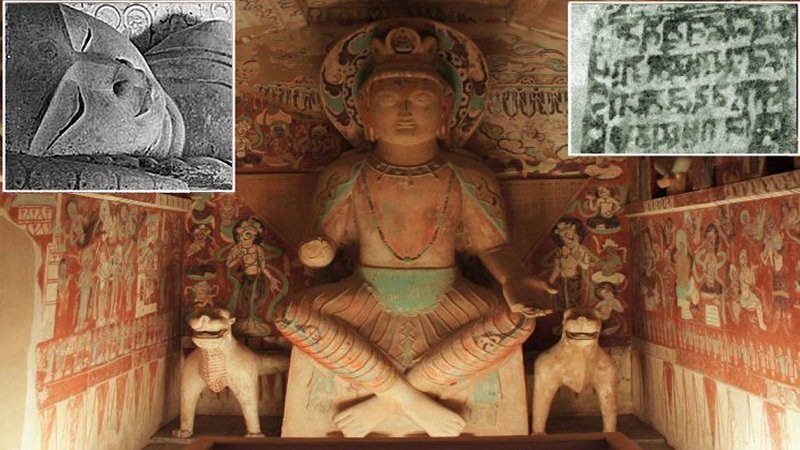Lusatian Culture: Ancient Traders Of Central Europe Built Strongly Fortified Settlements To Withstand Scythian Attacks
A. Sutherland – AncientPages.com – Lusatian culture dates back to the Bronze Age and the Early Iron Age (14th-4th century BC), occupying the broadest range of central Europe.

This culture covered almost the entire territory of the Polish lands, central and northwestern Slovakia and Moravia, northern and northeastern Bohemia, Saxony, Lusatia, eastern Thuringia and eastern Brandenburg in central-eastern Germany, east Pomerania, it reached as far as the western part of Volhynia, (a historical region of northwestern Ukraine).
In the Bronze Age, the central European Lusatian (Lausitz) culture-expanded around 1200 BC and persisted in the first centuries of the Early Iron Age.
Amber And Metal Trade Despite Danger From Scythian Attacks
The period of Scythian expansion from the Black Sea area into central Europe dates back to c.800 BC – 600 BC; however, between 500 BC-350 BC, many of Scythian incursions took place, in the northern part of central Europe. These attacks ceased from the fourth century BC.
Despite the danger, the amber trade still flourished and the Lusatians continued to be successful mediators between the amber gatherers and the Hallstatt culture (1200 BC – 500 BC) in the eastern Alpine area and, the Etruscans in Italy in the beginning in the seventh century.










